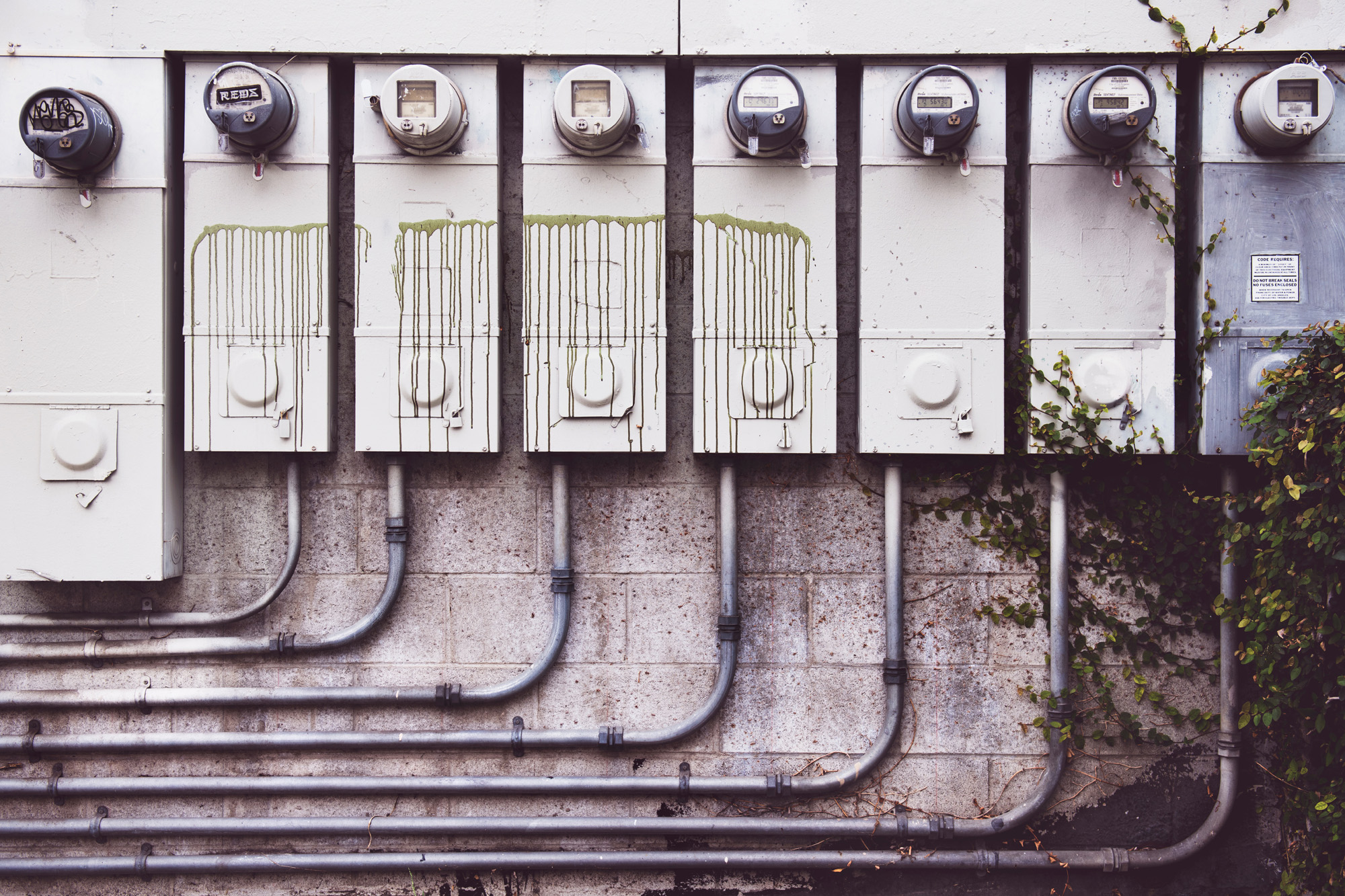
The Department for Business, Energy and Industrial Strategy has misjudged how long it would take to rollout the next generation of energy smart meters in UK homes and as a result may miss its completion deadline of 2020.
This is according to a new report from the National Audit Office which has found that the rollout of smart meters is significantly delayed and that the original projected cost of the £11 billion project has since increased by an extra £500 million.
The first SMETS2 meters were expected to be rolled out in June 2014, but in reality they were only available for installation in July 2017: “It took another 10 months for the first 10,000 SMETS2 meters to be installed,” the report noted.
The NAO report claims that a ‘significant cause of delay’ was that Smart DDC, the company tasked with installing and managing the smart meter infrastructure, took longer than planned to fix defects in its system. This needed to be done in order bring it up to a standard acceptable by the Department for Business, Energy & Industrial Strategy.
A second issue has risen out of the delay in designing specifications for the next generation of smart meters. Smart Equipment Technical Specifications or SMETS is the industry standard that governs how smart meters operate and communicate with energy suppliers.
SMETS1 smart meters are the old standard. They have an embedded Simcard that communicates with the supplier via a cellular network. Mobile phones no longer just communicate over cellular networks anymore and neither do smart meters or their suppliers.
As a result of this limited capability the report states that: “70% of SMETS1 meters “go dumb” when people switch supplier because the new supplier is unable to communicate with the meter.”
SMETS2 meters can support data-broadcast features and are able to interoperate with suppliers and authorised enterprises.

UK Smart Meters
The Department had originally only planned to install 5.4 million SMETS1 meters into homes, but due to the delays in development of the SMETS2 meter they urged suppliers to install SMETS1 while they worked out the issues with the next generation of meters.

Source: NAO
It appears this decision has resulted in 12.5 million SMETS1 meters being installed around the country, a signification increases on the planned 5.1 million.
All of which lose their smart functions when the customer switches to a supplier not operating on cellular networks. The report notes that: “As of the end of June 2018, 943,000 smart meters were reported as operating in dumb mode.”
The Department and Smart DDC have plans to resolve these issues by connecting them to the new network over time, however: “Enrolment and adoption is complex because it requires Smart DCC to find a way of translating SMETS2 messages and processes into SMETS1 messages and processes. Integrating SMETS1 meters with the DCC also requires additional specific security requirements to be implemented in the DCC’s security model,” the NAO discovered.
See Also: UK Quantum Device Prototypes Could be Ready as Early as 2020
Rachel Reeves MP and Chair of the Business, Energy and Industrial Strategy Select Committee commented in a released statement that: “The NAO’s report highlights the massive delays and problems associated with the roll-out of smart meters. Costs are rising, and the 2020 target will not be met.”
“Consumers have faced considerable frustration, experiencing glitches with their meters, or finding their smart meters go ‘dumb’ when switching supplier.
“We will be keen to examine in our evidence hearing in the New Year whether it is feasible, desirable and cost-effective to continue to plough ahead with the Government’s 2020 target.”






